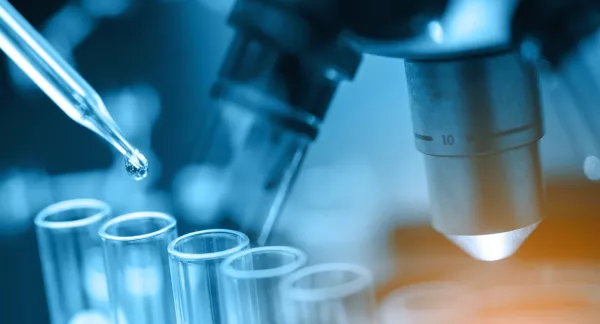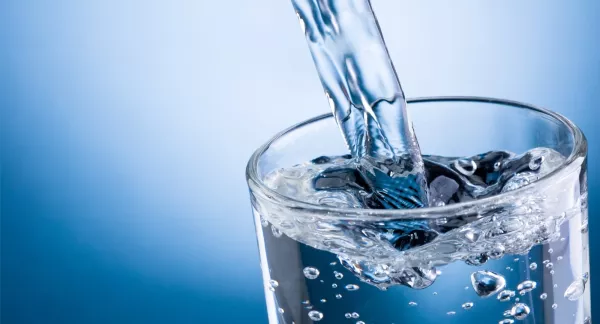Investigating the Feasibility of MBfR to Achieve Low Nitrogen Levels for Water Reuse
Abstract
In an effort to satisfy growing water demand in the face of dwindling water resources, many communities throughout the U.S. and the world are turning to water reclamation and reuse. Recycled water is a renewable and drought-proof resource whose availability increases proportionally with increases in potable water use. Recycling water captures a valuable source of water that is increasing with population growth and supplements conventional water supplies. Recycled water is increasingly the most cost-effective means of increasing a municipality’s water portfolio. The project explores methods to remove nitrate from secondary effluent to a low level (< 10 mg N/L) for water reclamation purposes using an innovative H2 fueled Membrane Biofilm Reactor (MBfR). This project will comprehensively investigate nitrate removal rate as a function of loading rate, hydraulic retention time, substrate (or H2) utilization rate, and membrane area. Employing a pilot-scale MBfR to treat secondary effluent will be instrumental in establishing the actual design criteria for full-scale facilities and will closely capture the operation and maintenance issues associated with full-scale operation.
Originally funded as WERF project Reuse-06-13.


